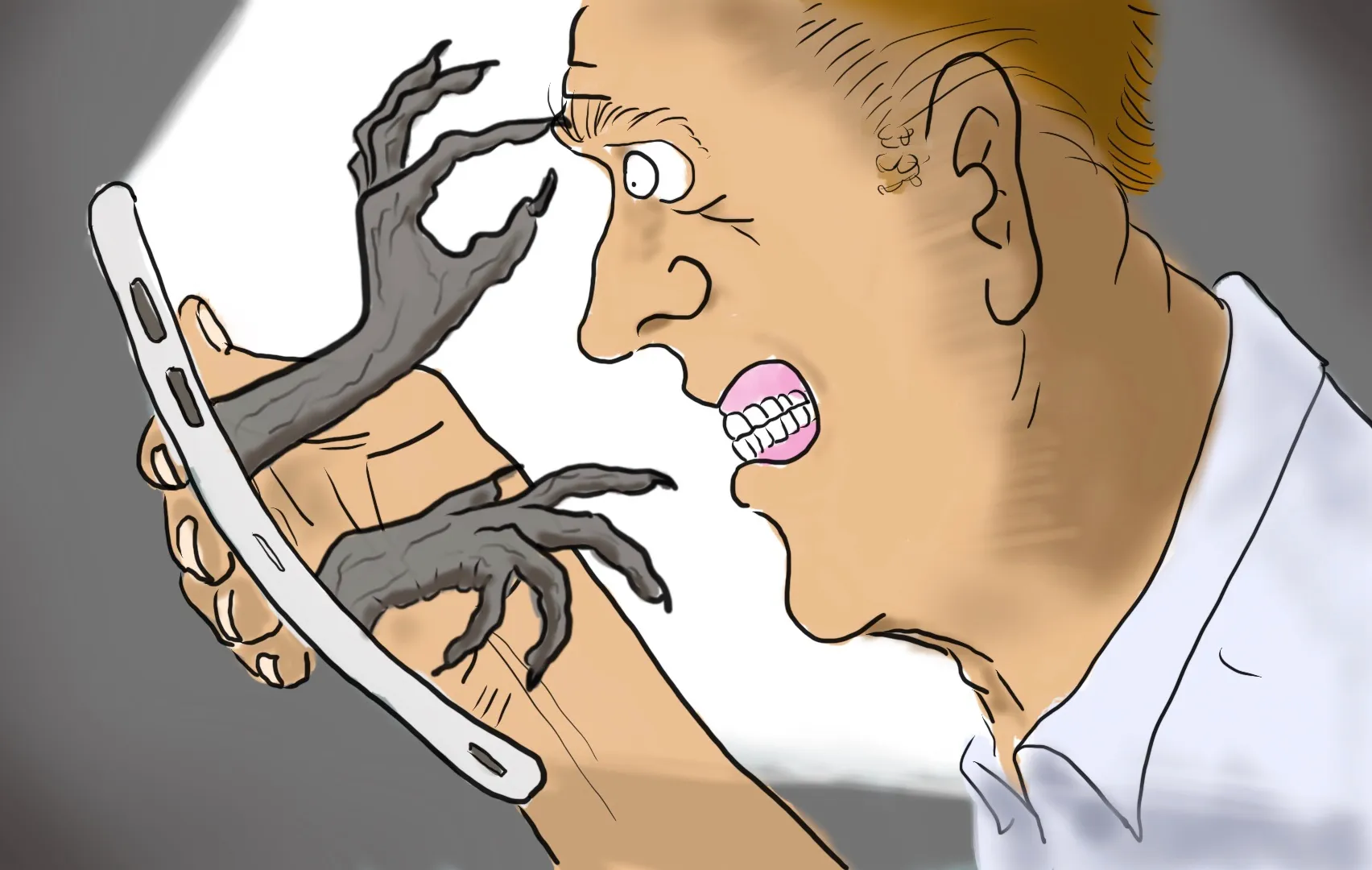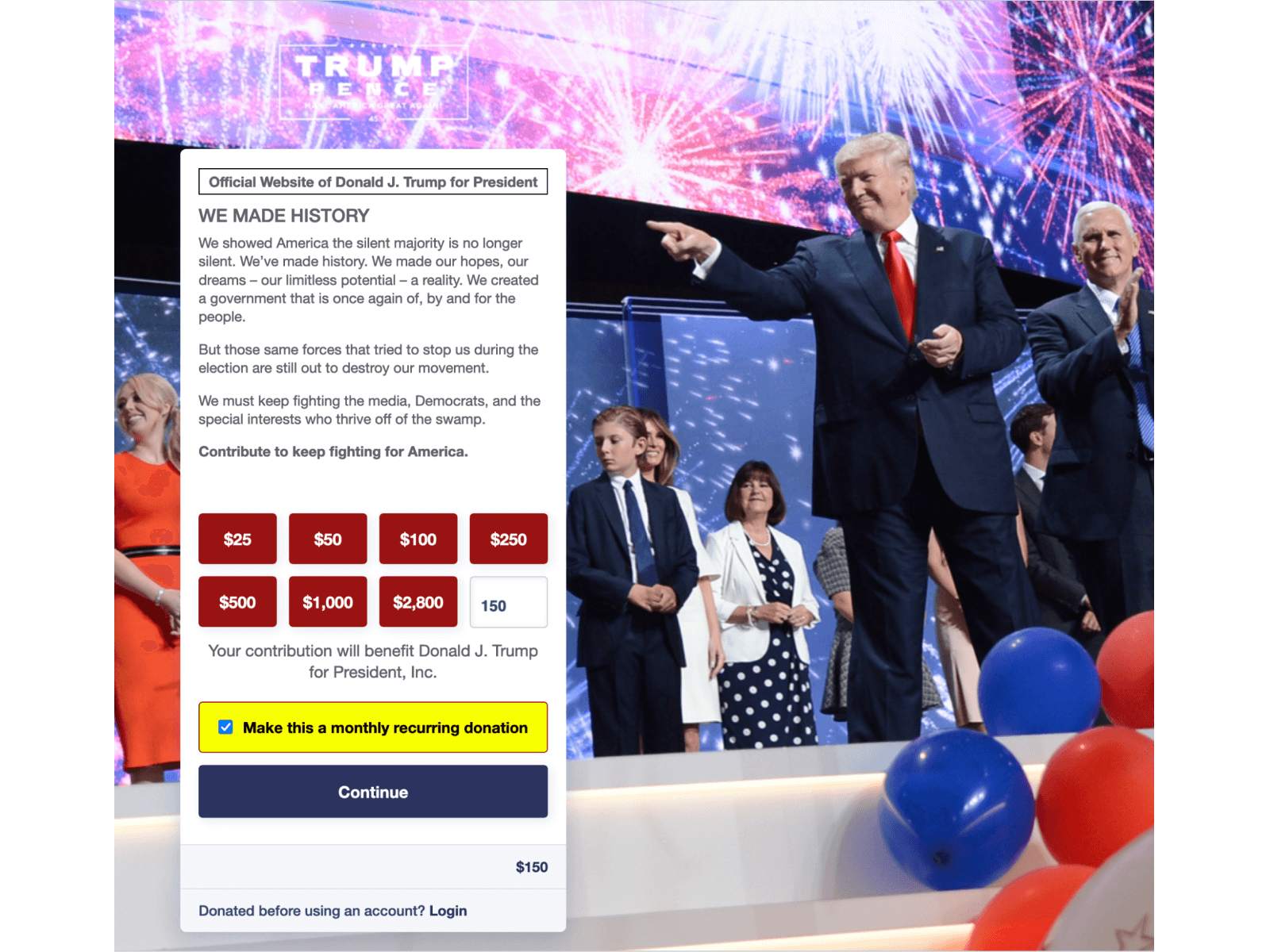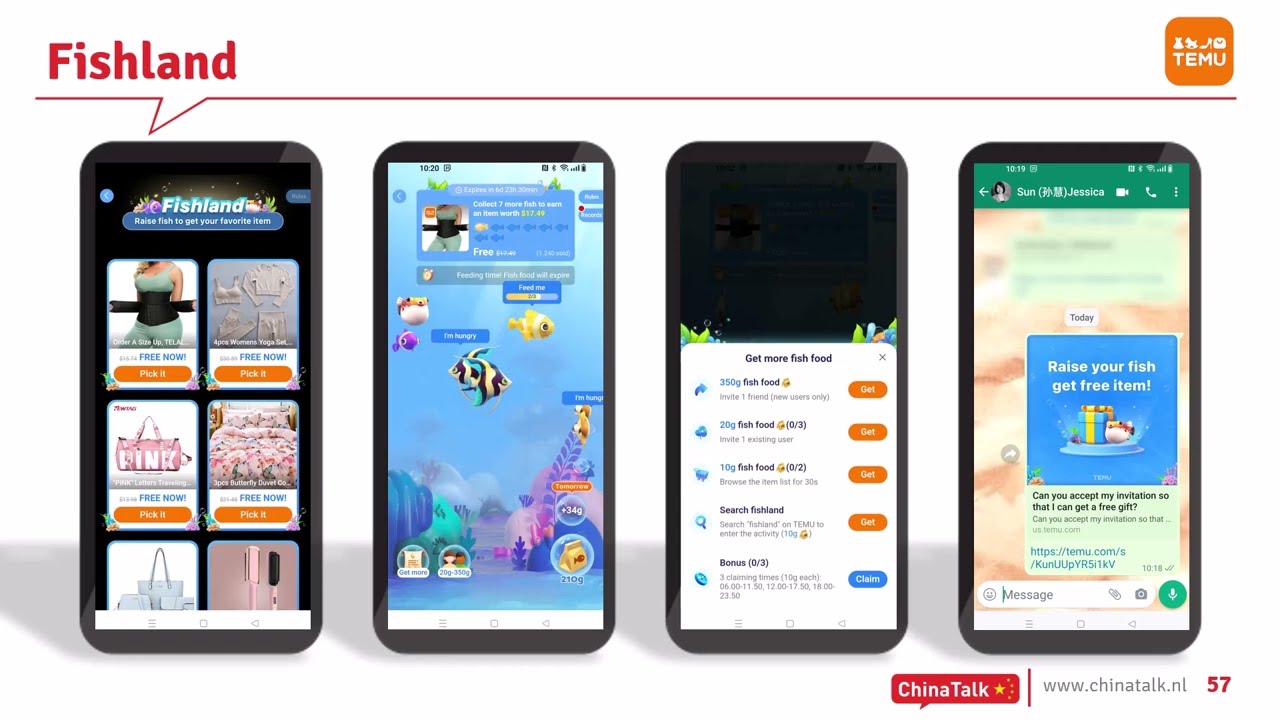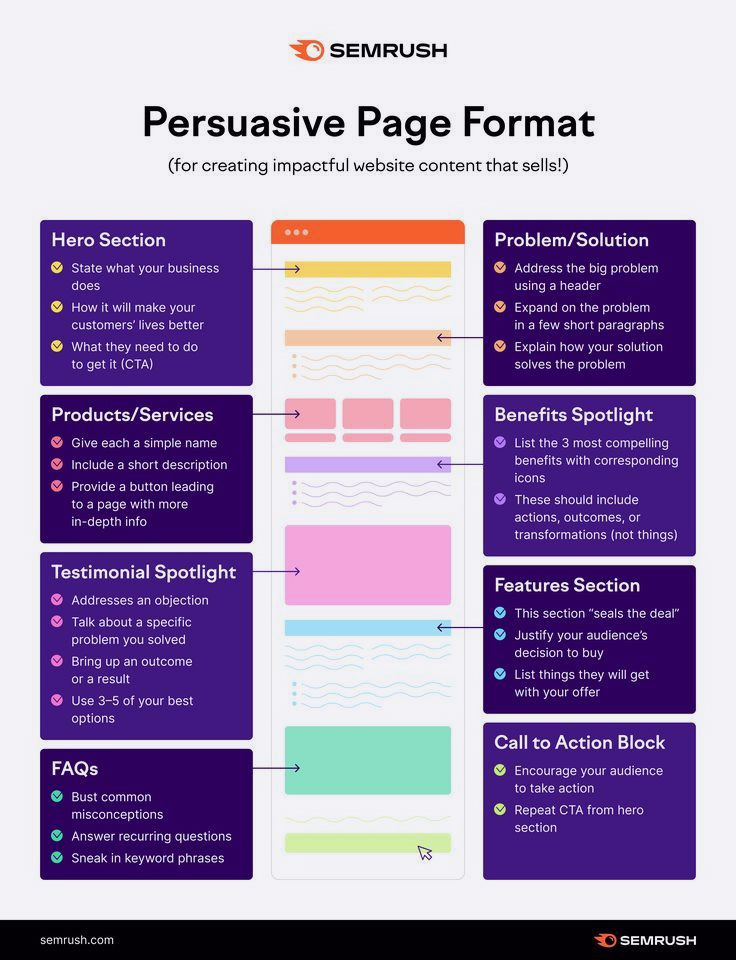The Dark Side of UX: How UX Developers Can Unintentionally Manipulate Users

As UX Developers, we're always striving to create the best possible experience for our users. We want to make their lives easier, more enjoyable, and more meaningful. But, let's be real, we're not always angels. Sometimes, in our quest for success, we can unintentionally manipulate our users, using techniques that are more akin to dark magic than good design. I'm not talking about the obvious stuff, like pop-ups and spammy ads. No, I'm talking about the subtle tricks we use to influence user behavior, often without even realizing it. The use of dark patterns, gamification, and persuasive design can all be used to manipulate users, and it's time we took a closer look at our own practices.
Dark Patterns
Dark Patterns: User interface design elements intentionally used to trick or deceive users into doing something they might not want to do.

Dark patterns are user interface design elements that are intentionally used to trick or deceive users into doing something they might not want to do. These can include things like misleading button labels, hidden opt-outs, and fake scarcity tactics. Now, I know what you're thinking, "I would never use those tactics!" But, the truth is, we've all been guilty of using dark patterns at some point or another. I remember working on a project where we used a fake progress bar to make the user feel like they were almost done with a task, when in reality, they still had a long way to go. It was a small white lie, but it was still a lie. And, let's be honest, we've all used those "limited time only" offers to create a sense of urgency, even when there's no real deadline.
Gamification
Gamification: Using rewards, badges, and leaderboards to create a sense of competition and achievement, but also addiction and obsession.

Gamification is another area where we can unintentionally manipulate users. By using rewards, badges, and leaderboards, we can create a sense of competition and achievement, but we can also create addiction and obsession. I mean, who hasn't spent hours playing a game, or scrolling through social media, trying to get that next reward or beat that next level? But, the truth is, gamification can be used to manipulate users into doing things they don't really want to do. I've seen apps that use gamification to get users to share their location, or their contact list, or even their credit card information. And, let's be real, we've all used gamification to get users to engage with our product, even when it's not in their best interest.
Persuasive Design
Persuasive Design: Using psychology and behavioral economics to influence user behavior.

Persuasive design is all about using psychology and behavioral economics to influence user behavior. And, let's be real, it's a powerful tool. By using persuasive design, we can create experiences that are more engaging, more enjoyable, and more memorable. But, we can also use it to manipulate users into doing things they don't really want to do. I've seen UX Developers use persuasive design to get users to sign up for a service, or buy a product, or even donate to a cause. And, while the intentions might be good, the methods can be questionable. I mean, who hasn't used a little bit of scarcity, or social proof, or even a fake sense of urgency to get users to take action?
The Ethical Dilemma
The Ethical Dilemma: Balancing the responsibility to create honest, transparent, and respectful experiences with the pressure to create successful and attention-grabbing designs.
So, what's the ethical dilemma here? Well, as UX Developers, we have a responsibility to our users to create experiences that are honest, transparent, and respectful. But, we also have a responsibility to our clients, or our bosses, or our own egos, to create experiences that are successful, and profitable, and attention-grabbing. And, let's be real, those two goals don't always align. Sometimes, the most successful, and profitable, and attention-grabbing experiences are the ones that manipulate users, or deceive them, or exploit them. And, as UX Developers, we have to make a choice. Do we prioritize our users, or do we prioritize our own success?
The Solution
The Solution: Being aware of biases and motivations, educating ourselves and peers about ethical implications, and prioritizing users' needs and well-being.
So, what's the solution here? Well, first and foremost, we need to be aware of our own biases, and our own motivations. We need to take a step back, and look at our own work, and ask ourselves if we're being honest, and transparent, and respectful. We also need to educate ourselves, and our peers, about the ethical implications of our work. We need to have open, and honest, and respectful conversations about the use of dark patterns, and gamification, and persuasive design. And, we need to prioritize our users. We need to put their needs, and their well-being, and their privacy above our own success, and profit, and ego. We need to create experiences that are user-centered, and user-friendly, and user-respecting.
Lets do Better 🤗
The dark side of UX is real guys. We're not always the heroes we think we are. Sometimes, we can unintentionally manipulate our users, using techniques that are more akin to dark magic than good design. But, by being aware of our own biases, and educating ourselves, and prioritizing our users' needs and well-being, we can work towards creating experiences that are honest, transparent, and respectful.
